We’ve been asked plenty of times, “Should I use graphite or steel shafts?” Unfortunately, the answer isn’t simple to give. When looking at graphite and steel shaft options, you’ll need to consider your swing style and areas of your game you’d like to improve or emphasize.
Let’s compare graphite vs steel shafts: Graphite shafts are lighter, so they help you generate more clubhead speed. Steel shafts are heavier and better for more accurate golfers. But there are more details to consider as well. Which is right for you
Read on to explore an in-depth guide comparing graphite and steel shafts.
A Brief Overview of Graphite vs. Steel Golf Clubs
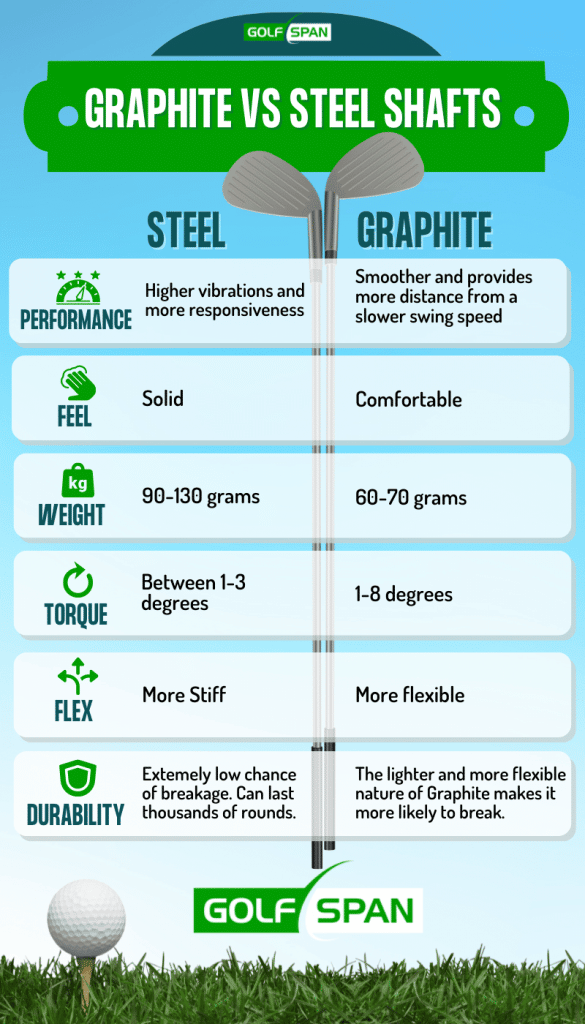
Graphite vs Steel Shaft – What’s the Difference?
Here’s an overview of the difference between graphite and steel shafts:
Steel Shafts
- Heavier
- Provide more vibrational feedback
- Made from steel
- Lower torque and lateral twisting
- Generally shorter distance
- Stiffer
Graphite Shafts
- More expensive
- More flexible
- More distance, especially for those with a slower swing speed
- Lighter
- Generally, more torque – increased torque is not ideal for fast swingers.
Similarities
- Available in a range of kick points
- Both are used by all levels of golfer
- Variable torsion
- Available in different flexibility. (Although steel shafts are almost always stiffer than graphite)
Graphite or Steel Shaft – Which Is Best for You?
There’s no blanket-correct answer to which is the best type of shaft. Instead, you should consider which is the ideal shaft for you as an individual. Below we have descriptions of which types of golfer would suit each shaft type. The difference between steel and graphite shafts could mean shaving a few strokes of every round of golf. Read them both and see which one resonates best with your style.
Who Should Use Graphite Shafts?
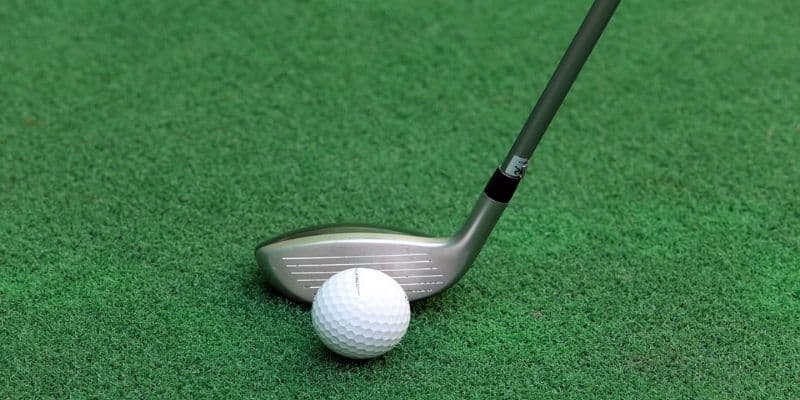
Graphite shafts are found in virtually every driver on the market because they are lighter and promote clubhead speed for golfers to really bomb it down the fairway. No matter the skill level, a graphite shaft will most likely be used with a driver.
Graphite shafts are also found in almost every set of women’s and senior golf clubs because it helps equal out their lack of swing speed. Steel shafts are practically nonexistent with senior and women golf club shafts.
Another category of golf clubs that almost always have graphite shafts is game improvement irons for all types of players. The graphite shafts are more forgiving and do not sting when you mishit; beginner golfers should take advantage of that.
Also, the lighter graphite shafts make the irons go farther when hit well, so it is a win-win for golfers in the game improvement section.
Who Should Use Steel Shafts?

Steel shafts are geared much more towards scratch golfers and better players in general. Once players improve and move on from game improvement irons, they will likely turn to steel shafts in their irons for several reasons.
The first reason is that better golfers tend to have more swing speed than beginners, so they do not need the extra help that graphite shafts possess.
The biggest reasons are because of the feel, control, and ability to work the ball. Graphite shafts do not have the same ability to work the ball to the extent of steel shafts, which usually leads better players to upgrade to the steel shafts.
What Kind of Shaft is Great for Beginner Golfers?
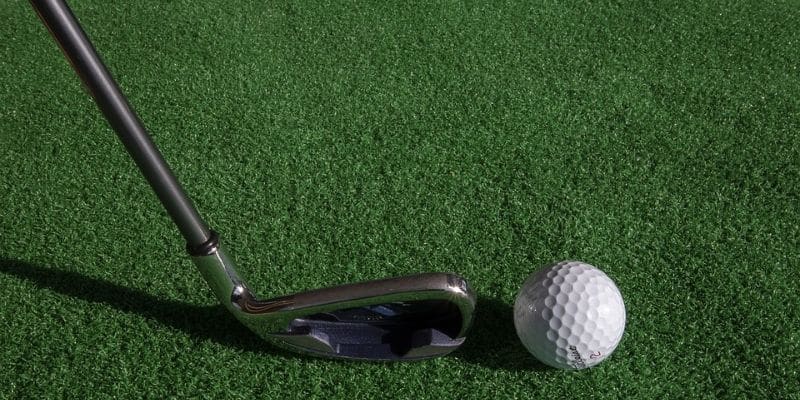
Like I said above, the best kind of shaft for beginner golfers is certainly a graphite shaft in most cases. The added swing speed and forgiveness make them a solid choice.
There are beginner golfers out there who have started with steel shafts, and they probably improved quickly after they got tired of the “sting” in their hands every time they mishit an iron!
After you know what type of shaft, then you should break down what flex to get depending on your swing speed.
Pros and Cons
| Steel Shafts | Graphite Shafts | |
| Pros |
|
|
| Cons |
|
|
The Importance of Choosing the Correct Golf Club Shaft
Golf club shafts are very useful if you have relevant knowledge because they can affect your ball flight and the accuracy of your shots.
Most golfers focus on everything but choosing the correct shaft and shaft type based on their swing speed. It is a major problem that goes unnoticed all too often. Below, we’ve listed some of the golfers’ biggest problems with an incorrect shaft.
Problems With Having the Wrong Golf Shaft
- The ball goes left due to being too flexible of a shaft (for right-handed golfers).
- The ball goes right due to too stiff of a shaft (for right-handed golfers).
- Not able to work the ball as well with graphite shafts in irons.
- Low trajectory if the shaft is too stiff.
- Too high of a trajectory if the shaft is too flexible.
- Less accuracy if the shaft is too flexible and “whippy”.
- Less distance if the golf shaft is too stiff.
The Basic Types of Shafts
There are several other subcategories that golfers should pay attention to, breaking it down between graphite and steel shafts. Different flexes are available depending on a golfer’s swing speed.
The normal options that golfers can choose from are Ladies, Senior, Regular, Stiff, and Extra Stiff. I listed those in the order from the slowest swing speed up to the stiffest type of shaft.
Not only is choosing the correct material of shaft important, but if you pick the wrong flex, you could hinder your game even more.
They will also have different kick points which affect the launch. If you’d like to know more, check out our full guide on shafts.
Best Shaft Type for Your Driver
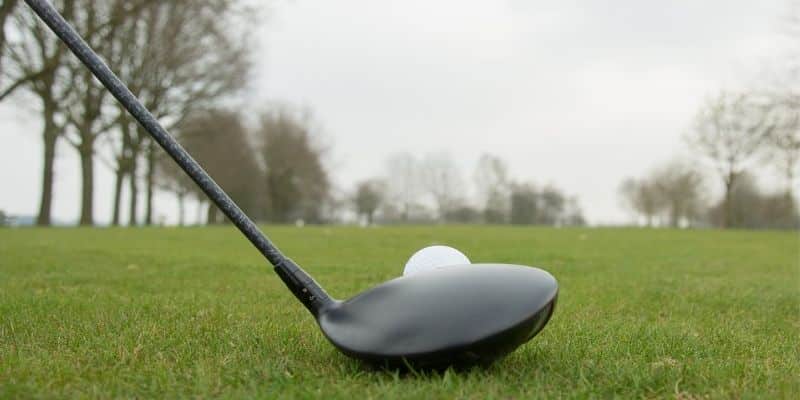
In most cases, graphite shafts are going to be your best bet when it comes to your driver. A graphite shaft’s swing speed and forgiveness will make your performance the best it can be. Still, if you like having the extra feedback and exceptional swing speed, you could opt for a steel shaft. Check out our full guide on driver shafts to make the choice clearer.
Read Next: The Best Driver Shafts
Steel vs Graphite Irons
All types of players may like steel or graphite irons better. Yet, here are some general tips when choosing steel or graphite shafts for irons.
For beginner and high handicap golfers, you will most likely want graphite shafts.
For scratch and low handicap golfers, a steel shaft might be better if you can and desire to work the ball for your approach shots. Some great players do not work the ball, so they could even stick with graphite shafts if they are more comfortable with it. Even some PGA pros use graphite shafts. To make the choice between graphite or steel irons, it’s best to see a fitter.
Best Shaft Type for Your Wedges
Unless you pick up a cheap game-improvement set, your wedges are probably steel shafts. The steel shafts’ extra feel is great for your wedges and controlling the golf ball.
Best Shaft Type for Your Putter
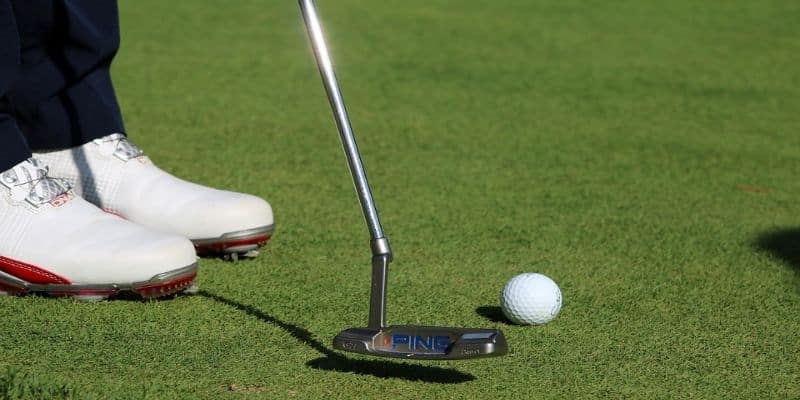
Putter shafts will be steel because the flex of your putter does not matter. Some golfers experiment with different steel shafts in their putters because the feel can differ depending on the shaft.
What Are the Biggest Factors in Deciding What Type of Shaft to Use?
The biggest factors when deciding what kind of golf shaft to use are:
- Swing Speed
- Ability to Work the Ball
- Skill Level
- Preferred Feel
- Type of Club
Out of all those, the main factor is swing speed and the type of club. Steel shafts should almost always be used in putters and wedges, but the rest are really up to you. Also, drivers should almost always be graphite shafts.
If you have the expertise to hit solid shots and the swing speed for steel shafts, then you can certainly have steel shaft irons.
The best idea is to go and get fitted for your shafts; a professional will certainly get you set up for exactly what you need!
Frequently Asked Questions
What is Considered a Fast Swing Speed?
Golfers that would be considered to have a fast swing speed would be in the 100+ mph range. Pro golfers can easily achieve this and really fling the club through the air.
But, if you are not there, it is fine because that is what regular and senior flex graphite shafts are made for. Nowadays, golf shaft technology can make you a better golfer depending on the flex and what type of material the shaft is made of.
Why Do Graphite Shafts Cost So Much More?
While it’s not always the case, graphite shafts are generally more expensive than steel shafts. The reason for this is the cost of production on graphite shafts is higher as is the cost of the material itself. To top that off, there is currently a global shortage of graphite, so scarcity also becomes a pricing factor.
Which Is Better, Steel or Graphite Shafts?
There is no definitive answer to this question as it varies between golfers. The truth is that graphite or steel shafts could suit a range of golfers. But, a general rule of thumb is that steel shafts are better for fast swingers while graphite suits most weekend golfers and those with a slow swing speed.
Do You Swing Slower With Graphite Shafts?
No. Graphite shafts are better for slow swingers because they help them increase their swing speed. If you mean, “Should you swing slower with a graphite shaft?” A fast swinger finds they have more control over their shots if they slow their swing speed down a little.
Do Graphite Irons Go Further?
For most golfers, yes. However, players with above-average swing speeds may find they get more distance from a steel shaft. You’ll need to examine your swing and ask yourself, “Are graphite shafts better for me?”
Should Beginner Golfers Use Steel or Graphite Shafts?
While arguments could be made for either type of shaft for beginners, you’ll find that many game improvement clubs come equipped with graphite shafts and are, therefore, better for the score of a beginner.
Final Thoughts
So, there you have it for your breakdown of golf clubs with graphite vs steel shaft options. After deciding what type of golf club shaft to purchase, it is time to focus on what flex to purchase.
I would suggest going to your local golf shop and getting fitted. They will have an accurate test for your swing speed, taking the guesswork out of the process. Good luck finding your perfect shafts. Whether you choose a graphite shaft or a steel shaft, I’m sure you’ll notice it’s impact on your game.
Related Articles
- Golf Slice vs Hook – What’s the Difference and How To Fix it
- Stiff vs Regular Flex: Which Golf Shaft Should You Choose?
Nick is the founder of GolfSpan and an avid golfer. He's not quite a pro but has over 15 years of experience playing and coaching golfers worldwide. His mission is to bring the golfing community a better experience when it comes to choosing the right golf gear and finding the right setup for your game.






